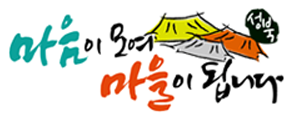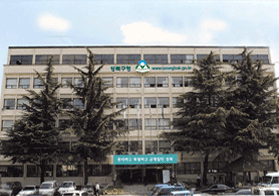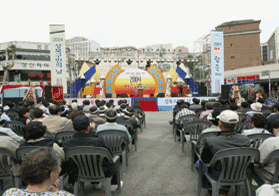Top Menu
Today's Weather
2024. 4. 27
18℃
Clear
Find dust Normal
/ Precipitation 0mm

Main Menu
Main Menu toggle
Close Main Menu
Close Main Menu
- Introduction
Introduction
- Greetings
- General Information
- How to Get Here
- Sister Cities
- Sister Cities in Korea
- Sister Cities Overseas
- Wangqing County, Jilin Province, China
- Dongying City, Shandong Province, China
- Kurobe, Toyama Prefecture, Japan
- Akabira City, Hokkaido, Japan
- Kanda, Fukuoka Prefecture, Japan
- Kungur, Russia
- Leesburg, VA, USA
- Mareeba Shire, Queensland, Australia
- Jixi City, Heilongjiang Province, China
- Korsakov, Russia
- Tourist Attractions
Tourist Attractions
- Festivals
Festivals
- Tour Information
Tour Information
All menus
All menus toggleSister Cities in Korea
Seongbuk-gu, Seoul

General Information
| Population | 476,000 |
|---|---|
| Area | 24.57㎢ |
| Administrative Organization | 1 Office, 4 Bureaus, 28 Departments 1 Branch Office |
| Budget | KRW 326.5 bil |
| Establishment of Sister City Relations | Oct 14, 1999 |
| Citizens' Day | May 7 |
| Place of Establishment | Samcheok City Hall |
Overview
Key Industries
Seongbuk-gu has a total of 1,716 commercial facilities and factories including 2 department stores. Seongbuk-gu also has a start-up support center and 2 stores for its shared small and medium-sized business brand called 'Trizm'.
Features
- Seongbuk-gu is an important transportation center that connects Seoul's central urban area to northeastern parts of Seoul. 70% of Seongbuk-gu are hilly areas. Mt. Bukansan National Park and 7 universities are located at Seongbuk-gu.
- Seongbuk-gu's main roads, Mia-ro, Dongsumun-ro and Jongam-ro have been expanded and the district is actively involved in infrastructure expansion and housing improvement projects to transform into the most livable city in the nation.
Historical, Cultural and Social Characteristics
- Seongbuk-gu was established on August 13, 1949 under the Presidential Decree No. 159.
- Seongbuk-gu has 26 tangible cultural heritages including Jeongneung, intangible cultural heritage masters of Pansori and Jogakjang (Metal Engraving) and Mt. Bukansan National Park.
Key Exchange Areas
- Mutual growth through economic exchanges and trades of special regional products
- Reducing negative regionalism and increasing mutual understanding through civilian exchanges in cultures, arts and sports
- Sharing healthy culture and increasing the opportunity for natural learning through youth exchanges
- Sharing administrative information through local assembly members' and public officials' mutual visits
- Cooperation and mutual support in regards to natural disasters and common interests of the two cities




